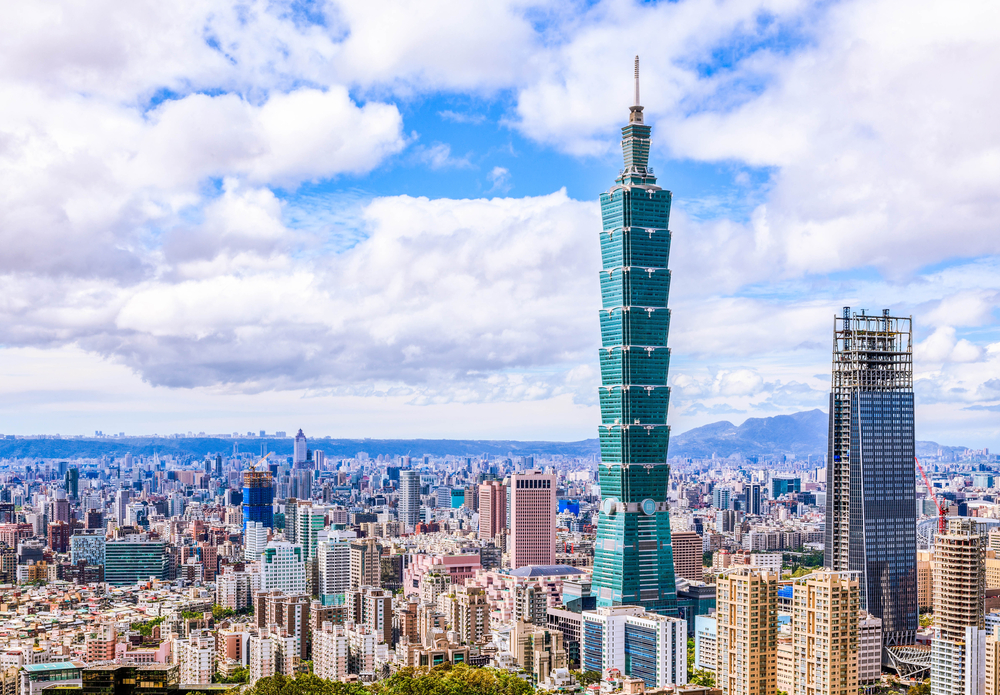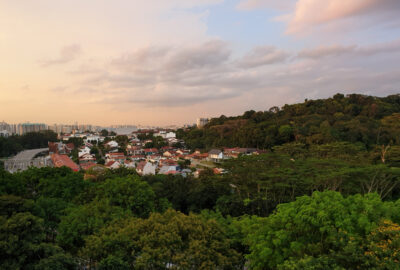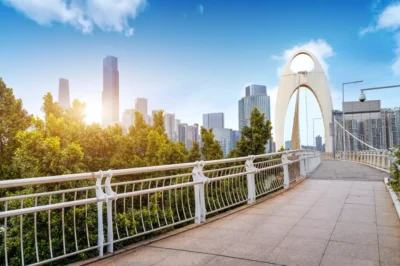How Taipei, Songdo lead smart cities by example
A portmanteau of ‘property’ and ‘technology’, proptech will enable efficiencies in waste and resource management—if cities embrace it

To see just how advanced cities of the future might become, we can turn to the self-described ‘smart city’ initiatives being implemented both in existing urban centres like Danang and Hangzhou, as well as those being built from the ground up on virgin land plots to provide solutions for an increasingly urban population.
Forty kilometres outside of Seoul, the 600-hectare city of Songdo is one of the world’s leading examples of where proptech might eventually take us. Its “smart” technologies range from pneumatic tubes that send trash straight from homes to an underground waste facility, to home control panels that let residents control their indoor environment both for comfort and energy savings.
“Songdo’s buildings and streets bristle with sensors that monitor everything from energy use to traffic flow, all with an eye toward sustainability,” informs Christian Dierckxsens, landscape design director at the Hong Kong-based Atkins Global architecture firm. “This allows authorities to use the data for various purposes. For example, predicting when buses will be arriving due to traffic patterns, but also analysing which areas have the most crime and increase police patrols there,” he continues.
Technology doesn’t just help Songdo with efficient city governance. It also makes life for its citizens simpler. “The residents can control lighting, heating, air conditioning and more from control panels in their homes. They can even video chat with their neighbours using this system. Residents can control heating through their smartphones, allowing them to raise the temperature when they are on the way home, for example,” says Dierckxsens.
For proptech to realise its true potential, data is key. Chungha Cha, co-founder of Korea’s Re-Imagining Cities Foundation, a non-profit organisation that aims to accelerate green real estate development with technological innovation, emphasises how data collection is essential for effective energy management.
More: Is Songdo a trailblazer or cautionary tale?
“Buildings should be able to monitor key metrics for performance, safety, health, and wellbeing, and provide feedback so that the building can respond to the needs of its tenants,” relates Cha. “If the buildings fall out of the required range of performance for energy, resources, and health and wellbeing metrics, severe penalties should be paid.”
But it’s not only new communities that are showing the way for integrated technological solutions. Anderson holds up Taipei as a model of how a developed city can find progressive tech solutions and manage them in league between the government, citizens and private enterprises.
“Why am I impressed with Taipei? It’s because they’re one of the first that’s moved beyond doing infrastructure-first smart cities to actually trying to deliver citizen-centric value. They’re engaging their citizens and delivering solutions for them. Part of it is about collaboration,” points out Anderson.
“What most cities do is, inside the government, they create a PMO, a Project Management Office, that’s going to manage all these different programs they’re going to offer,” he says. “What Taipei did, they made their PMO independent. This is important because their mandate was to go out there and engage the citizens, which they did. They ran a bunch of different programs and captured the needs of 30,000 citizens—what are they looking for? They also engaged the government in a top-down way, getting 20 government agencies to outline what they needed, and asking 400-plus tech vendors for proofs-of-concept in six months, from small companies to IBM.”
The result includes initiatives like Taipei’s electric motorised scooter scheme, which aims to replace all of the capital’s gas- and petrol-powered scooters with EVs by 2035, as well as piloted schemes for autonomous electric buses to take over transportation at night when conventional public transport halts service.
This article is the second in a five-part series. It originally appeared in Issue No. 153 of PropertyGuru Property Report Magazine. Read the first, third, fourth and fifth parts
Recommended
Meet the expert helping overseas investors crack Australia’s property market
Ivan Lam of property advisors Charter Keck Cramer helps clients navigate Australia’s complex real estate dynamics
6 spots to check out in Singapore’s Bukit list neighbourhood
The sought-after Singapore neighbourhood offers lifestyle amenities, green space, and new residential projects
Thailand’s real estate sector watches closely as the Shinawatras return to power
Time will tell if the return to power in Thailand of the Shinawatras will lift the country’s ailing real estate sector
China’s homebuying surge: Can new stimulus measures keep the market rally alive?
Stimulus measures have sparked a surge in homebuying activity around China, but many are sceptical the shift will endure







